Napa and its neighbor Sonoma are rightfully famous California wine regions. Gorgeous vineyards dip into valleys and paint hillsides, and tasting rooms abound with more wine than you could ever dream of consuming. Napa in particular is known around the world for its bold Cabs and award-winning Chardonnays, and we probably all know someone who’s planning a trip there right now- whether it’s a fun girls getaway or a romantic honeymoon.
But for all that fame, did you know that Napa only produces five percent of all the wine in California? There are literally dozens of American Viticultural Areas (AVAs) and regions across the state that are producing kick-ass wines, and they’re doing it with just as much style. If you’re up for trying a more unique wine country experience, here are a few alternative California areas that are putting out some great tasting wines and impressive tasting room experiences to boot.
Amador
Amador knows what’s up. Here, farmers grow more wine than any other crop. Wine making here goes all the way back to the Gold Rush of the 1850s, and some of the old vines are still producing grapes today at a few of the 40+ wineries in the region. Though there are plenty of old-country varietals grown here, Zinfandel is Amador’s flagship wine and it’s oh-so delicious. Sip on high overlooking Shenandoah Valley at Driven Cellars or soak up the historical terroir at Sobon Estate. Amador is an easy two-hour drive east from San Francisco in the Sierra Foothills, an area ideal for growing wine grapes. So get going.
Calaveras County
The Sierra Foothills were kind of like the Silicon Valley of the Gold Rush era. Like the tech giants of today, once established in the area, entrepreneurs looked beyond gold toward bold new industries. Forget driverless cars and space travel, these capitalists made a much better investment decision: grape growing. As a result, Calaveras County has a history of wine production that dates all the way back to 1851. More than 25 wineries make up this lesser-known area where you can pan for gold and taste killer wines at spots like Ironstone Vineyards. Otherwise, most of your tasting can be done on foot if you stick to the 15+ tasting rooms on Main Street in the charming town of Murphys.
Lake County
In Lake County, it’s all about the magical geology, soil and climate. Cooler temperatures, higher elevation and vine-pleasing soil are great for wine and bad for pests. Up here, it’s easier to be pesticide free, and wineries like biodynamic Beaver Creek and Hawk and Horse can focus on making carefully produced, sustainable wine that tastes spectacular. Today, Lake County’s familiar Cabernet and Sauvignon Blanc are getting the recognition they deserve, but with 32 wineries in the area, you can’t help but notice that there are plenty of other varietals to choose from.
Livermore Valley
Livermore wine champion Charles Wetmore actually brought home America’s first grand prize for wine from the Paris Exposition in 1889 (even though Hollywood thinks it was Bill Pullman). The region is home to a few large-production historical wineries—Cancannon and Wente among others- but they’re nestled in among the dozens of family run wineries that give this region its unassuming charm. Looking for a chilled out neighborhood winery experience? Don’t miss 3 Steves (or the barbeque food truck out front).
Mendocino
Of the 570 vineyards in Mendocino, the majority are still family run. Small-production wineries like Navarro Vineyards are the foundation of this emerging wine region. And that’s only part of the story. Wineries throughout Mendocino are overwhelmingly committed to environmentally friendly winemaking with 690 certified biodynamic acres. Plus organic vineyards make up 20 percent of all wine grown here. Leading the charge is carbon-neutral Parducci, among others. The self-proclaimed title “America’s Greenest Wine Region” is real, people. Green travelers, this one’s for you.
Lodi
Located between the San Francisco Bay and the Sierra Nevadas, Lodi is now emerging as an important wine region in California. Over the last two decades, while we were all busy following Jennifer Aniston’s love life, the number of wineries here shot up from eight to more than 85. Far from a young wine region, a century-old sense of history and terroir characterize the wine here, which makes the experience truly personal and may be why the Zinfandel is so dang good (looking at you, Klinker Brick). Go ahead, Lodi, call yourself the Zinfandel Capital of the World. You totally earned it.
Paso Robles
The perfect pit stop between Los Angeles and San Francisco, Paso Robles is quickly catching up to Napa and Sonoma in the race for the most celebrated wine region in California. Here, the established wineries are busy producing outstanding, award-winning wines while the lively, strollable downtown is busy having fun. Yep, there’s a festival or event going on almost every weekend (count us in for Vintage Paso: Zinfandel Weekend in March), and it’s the ideal weekend destination for groups of happy tasters. Find great wine with a little history at Halter Ranch or try local Bordeaux-style wines at Justin.
Santa Cruz Mountains
More than 60 wineries span this mountainous area sandwiched between Silicon Valley and the Pacific Ocean, and each embraces the region’s distinct microclimates. Warmer inland vineyards grow gorgeous Zinfandel and Merlot, while cooler coastal vines produce happy Pinot Noir grapes. And there are so many more yummy varietals in between. Basically, the Santa Cruz Mountains are a wine smorgasbord. To cover the most ground, try a wine trail like Summit to the Sea that visits wineries at different elevations or Saratoga Wine Trail that explores eastern sub-regions. Or do both, no judgement here.

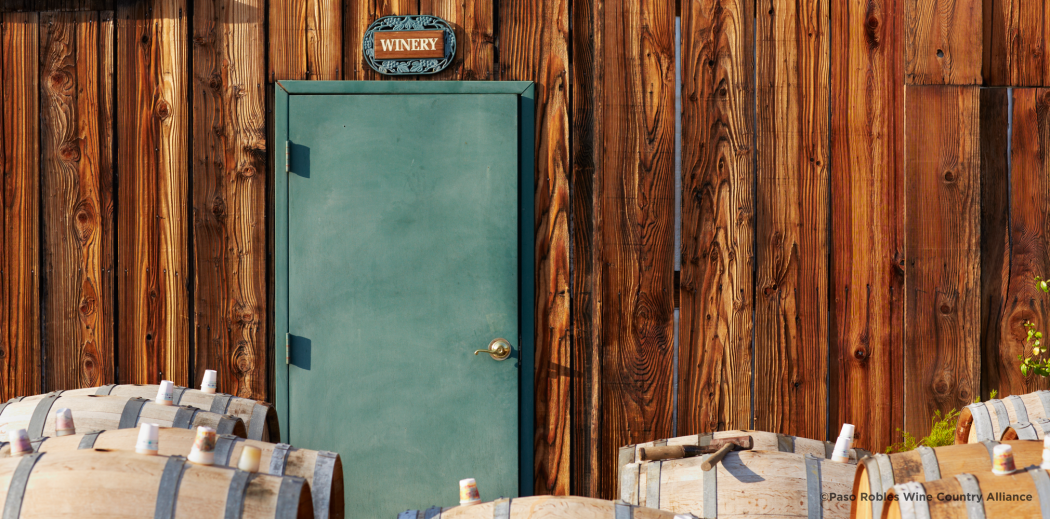
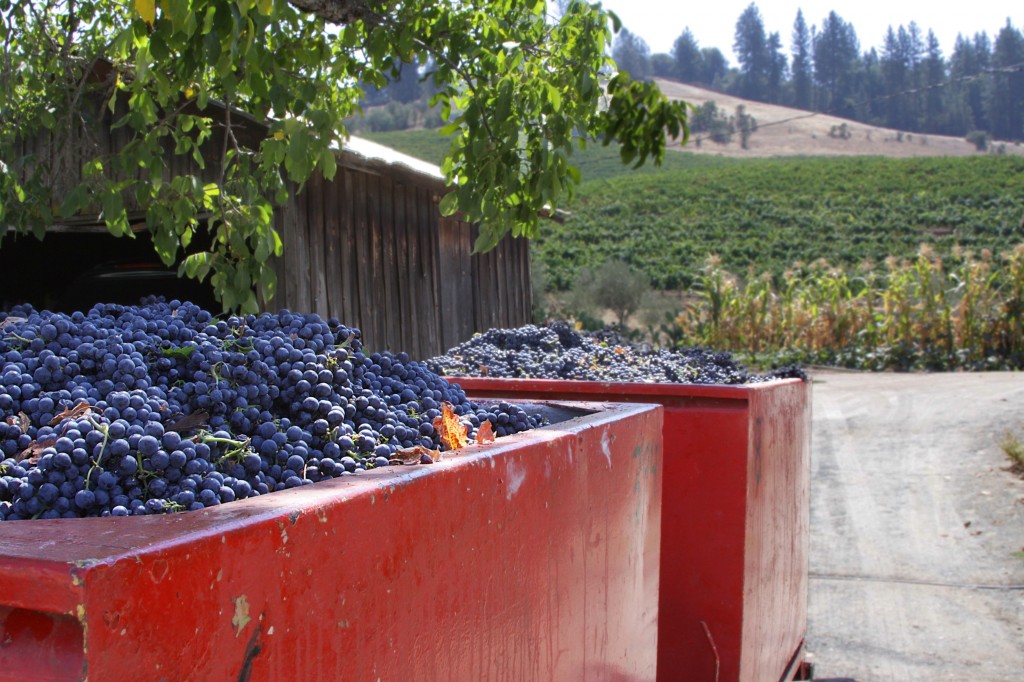
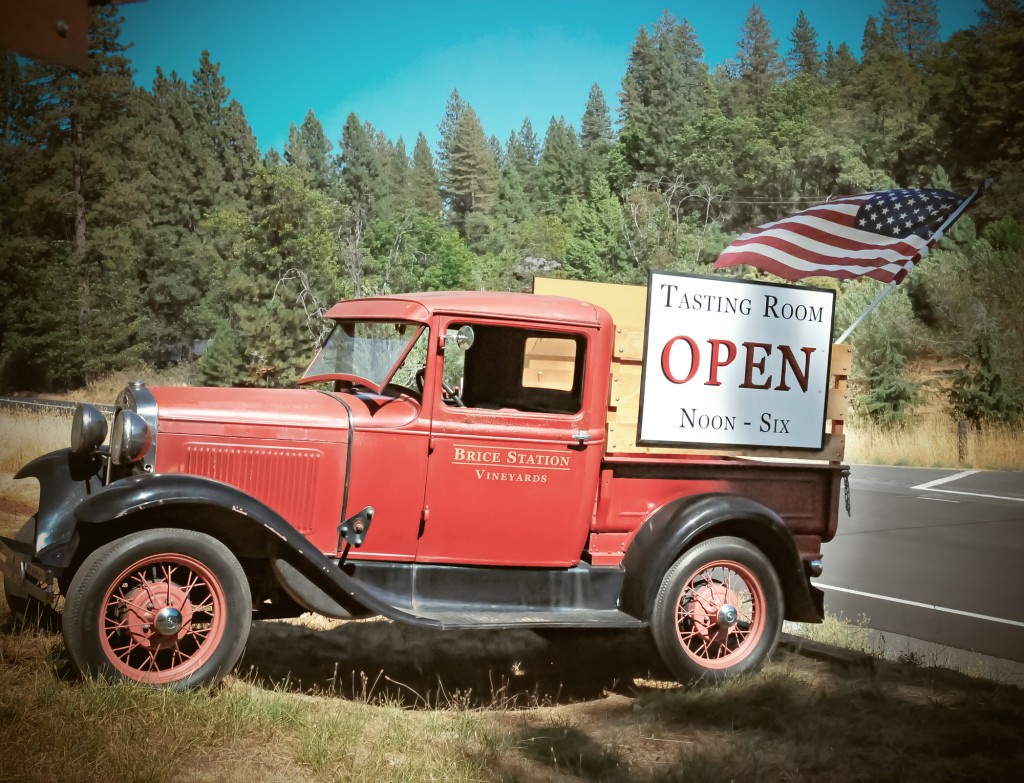
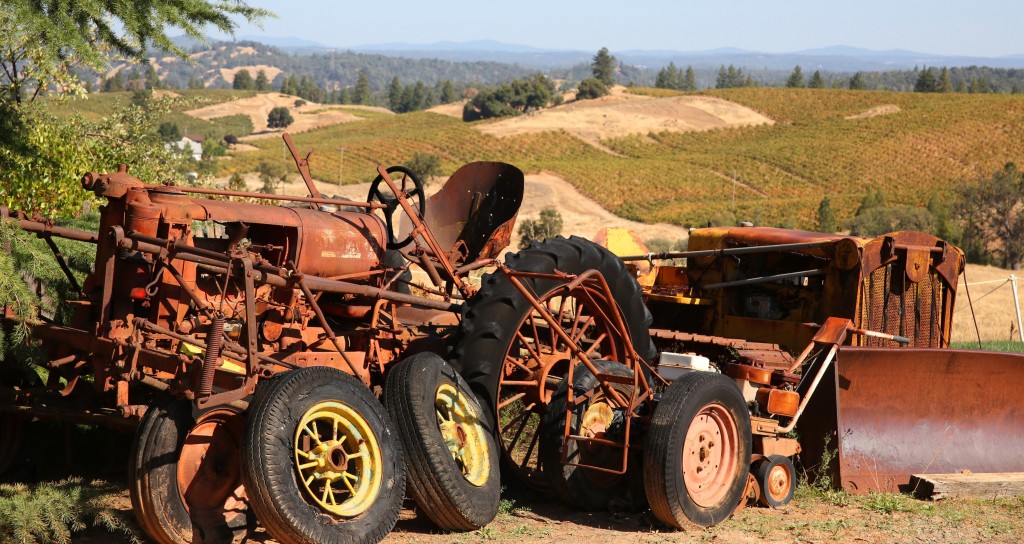
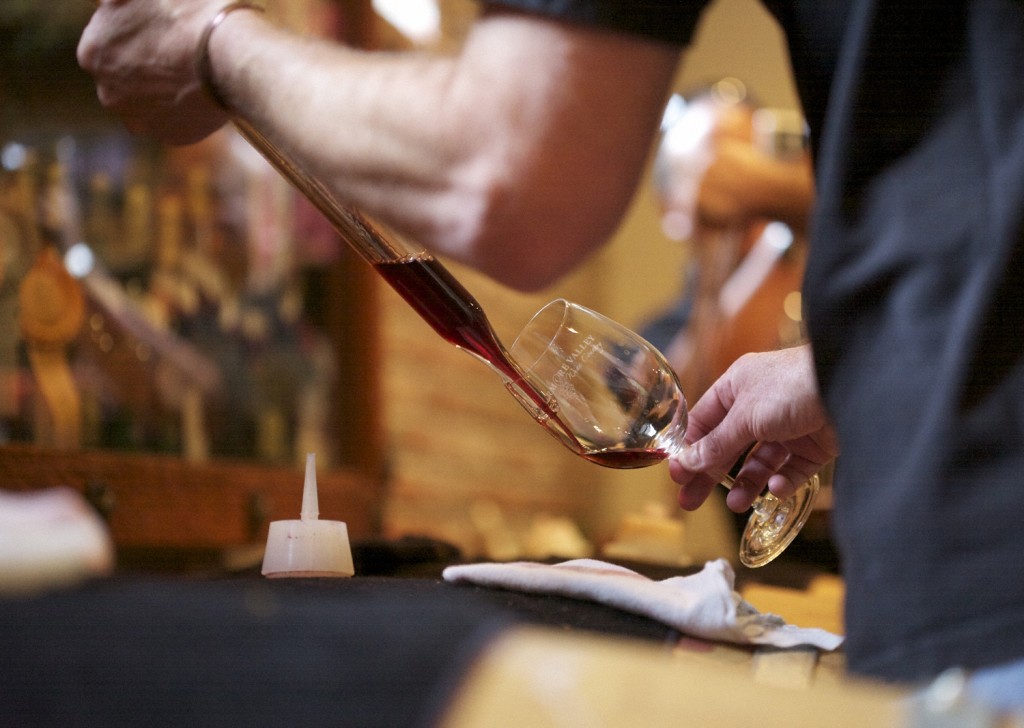
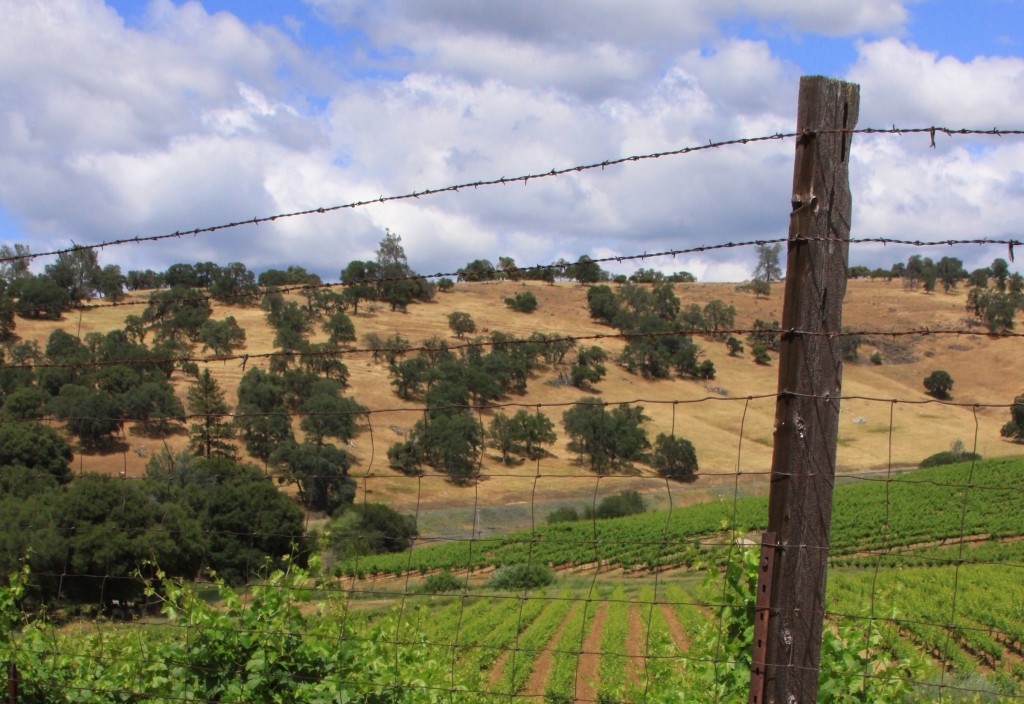
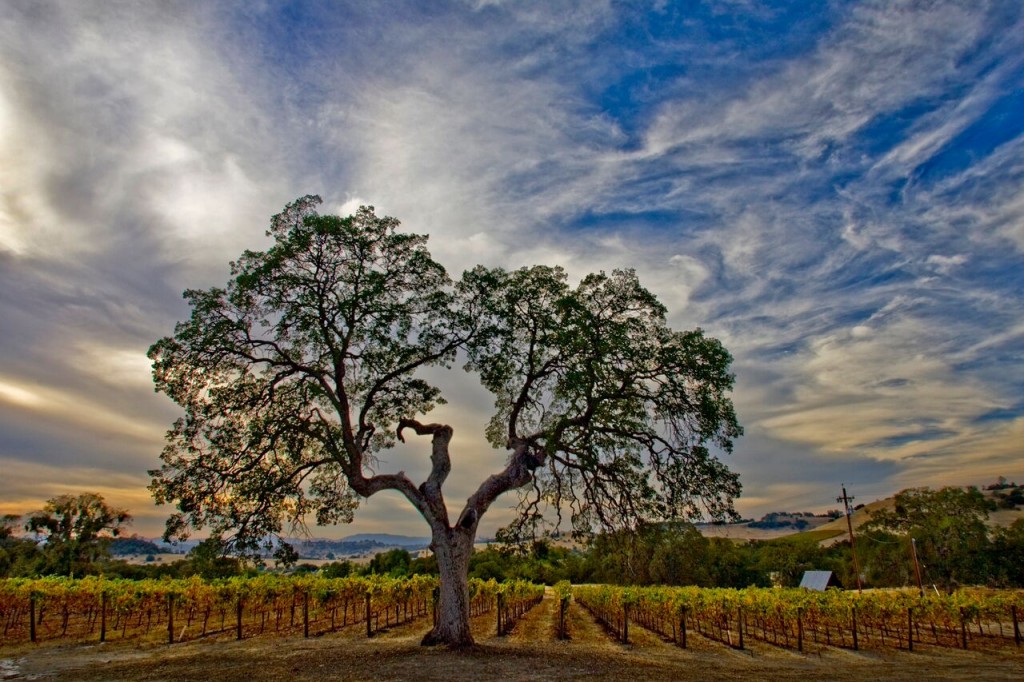
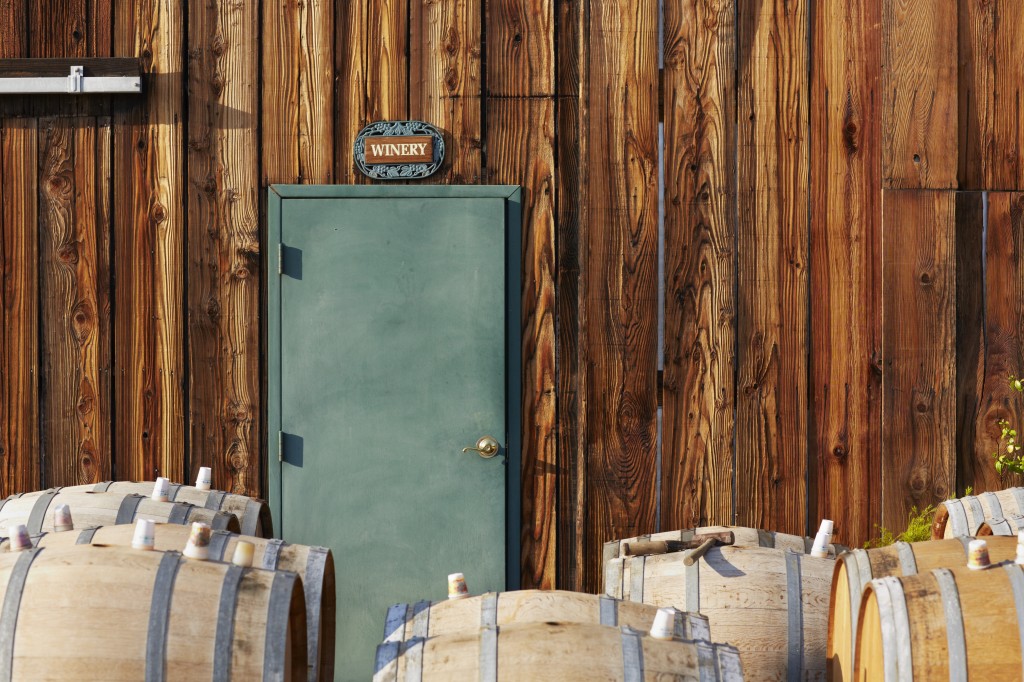
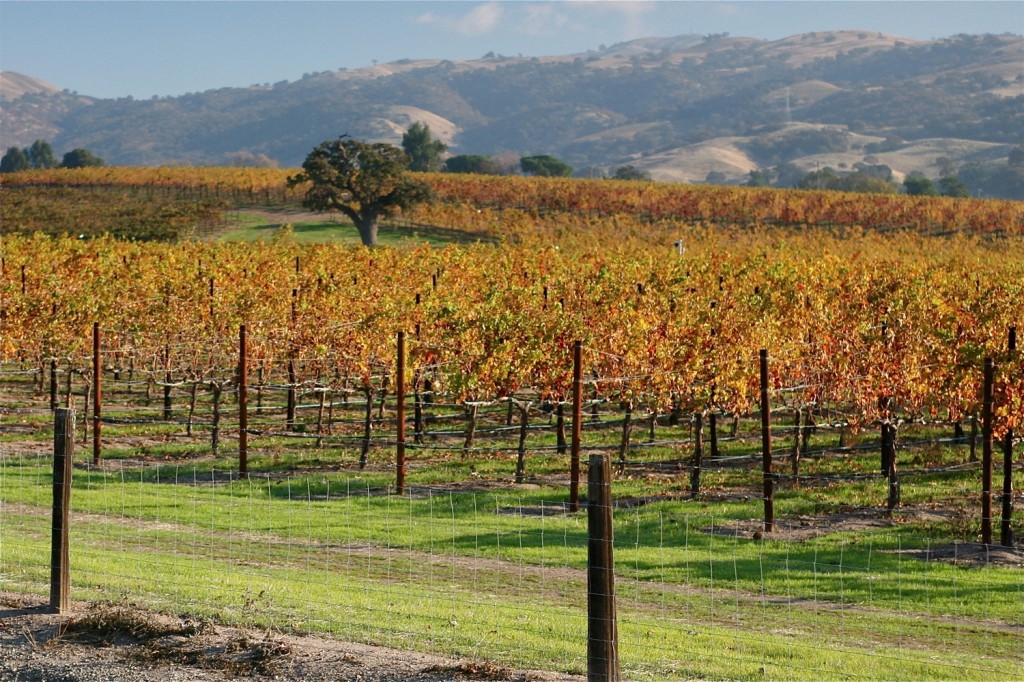



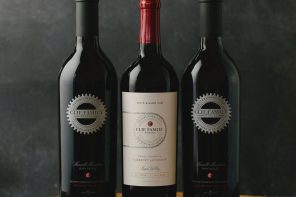
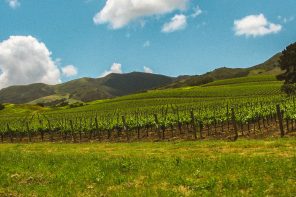
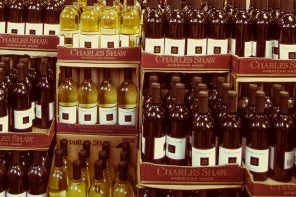

You just decided to ignore Santa Barbara ?
The Temecula area is worth a mention too.